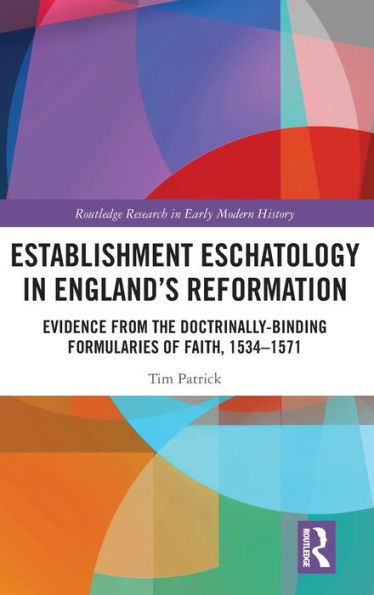Fresh observations are made on some well-known texts such as the Books of Common Prayer, Articles of Religion and official Tudor homilies, and these are complemented by commentary on surprisingly understudied documents of the period including primers, catechisms, and the paratexts of the early printed English Bibles. The result is a fascinating study of the English reformers’ navigation past both Roman Catholic and radical anabaptist beliefs, and it shows that their arrival at a relatively barren destination was due in part to a complete switch in theological priorities and in part to a fear of the implications of formally adopting some of the highly contested views.
Establishment Eschatology will prove to be an important resource for students and scholars of England’s early modern religious and cultural history.
Fresh observations are made on some well-known texts such as the Books of Common Prayer, Articles of Religion and official Tudor homilies, and these are complemented by commentary on surprisingly understudied documents of the period including primers, catechisms, and the paratexts of the early printed English Bibles. The result is a fascinating study of the English reformers’ navigation past both Roman Catholic and radical anabaptist beliefs, and it shows that their arrival at a relatively barren destination was due in part to a complete switch in theological priorities and in part to a fear of the implications of formally adopting some of the highly contested views.
Establishment Eschatology will prove to be an important resource for students and scholars of England’s early modern religious and cultural history.

Establishment Eschatology in England's Reformation: Evidence from the Doctrinally-Binding Formularies of Faith, 1534-1571
186
Establishment Eschatology in England's Reformation: Evidence from the Doctrinally-Binding Formularies of Faith, 1534-1571
186
Product Details
| ISBN-13: | 9781032305387 |
|---|---|
| Publisher: | Taylor & Francis |
| Publication date: | 07/14/2023 |
| Series: | Routledge Research in Early Modern History |
| Pages: | 186 |
| Product dimensions: | 6.12(w) x 9.19(h) x (d) |
